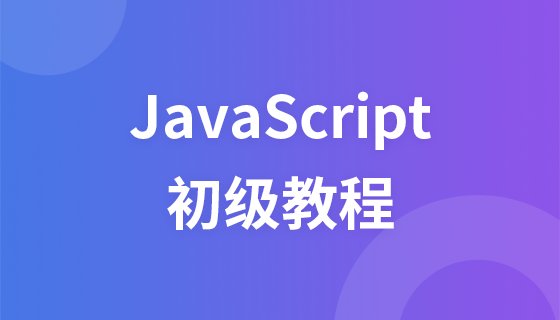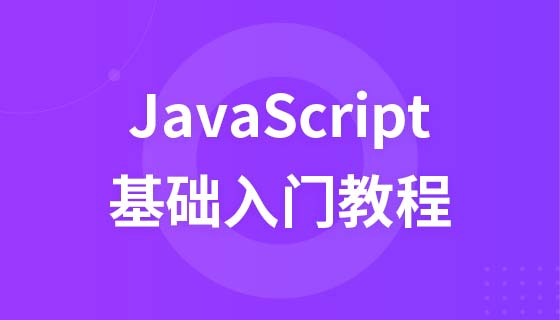本篇文章帶給大家的內容是介紹什麼是自訂react資料驗證元件。有一定的參考價值,有需要的朋友可以參考一下,希望對你們有幫助。
我們在做前端表單提交時,常常會遇到要對表單中的資料進行校驗的問題。如果使用者提交的資料不合法,例如格式不正確、非數字類型、超過最大長度、是否必填項、最大值和最小值等等,我們需要在相應的地方給出提示資訊。如果使用者修正了數據,我們也要將提示訊息隱藏起來。
有一些現成的插件可以讓你非常方便地實現這一功能,如果你使用的是knockout框架,那麼你可以藉助於Knockout-Validation這一插件。使用起來很簡單,例如我下面的這一段程式碼:
ko.validation.locale('zh-CN');
ko.validation.rules['money'] = {
validator: function (val) {
if (val === '') return true; return /^\d+(\.\d{1,2})?$/.test(val);
},
message: '输入的金额不正确'};
ko.validation.rules['moneyNoZero'] = {
validator: function (val) {
if (val === '') return true; return isNaN(val) || val != 0;
},
message: '输入的金额不能为0'};
ko.validation.registerExtenders();var model = {
MSRP: ko.observable(0),
price: ko.observable().extend({ required: true, number: true, min: 10000, money: true, moneyNoZero: true }),
licence_service_fee: ko.observable().extend({ required: true, money: true }),
purchase_tax: ko.observable().extend({ required: true, money: true }),
vehicle_tax: ko.observable().extend({ required: true, money: true }),
insurance: ko.observable().extend({ required: true, money: true }),
commercial_insurance: ko.observable().extend({ required: true, money: true }),
mortgage: ko.observable(''),
interest_discount: ko.observable(''),
allowance: ko.observable().extend({ money: true }),
special_spec_fee_explain: ko.observable(''),
has_extra_fee: ko.observable(false),
is_new_energy: ko.observable(false)
};
model.extra_fee_explain = ko.observable().extend({
required: {
onlyIf: function () {
return model.has_extra_fee() === true;
}
}
});
model.extra_fee = ko.observable().extend({
required: {
onlyIf: function () {
return model.has_extra_fee() === true;
}
},
money: {
onlyIf: function () {
return model.has_extra_fee() === true;
}
}
});
model.new_energy_allowance_explain = ko.observable().extend({
required: {
onlyIf: function () {
return model.is_new_energy() === true;
}
}
});
model.total_price = ko.computed(function () {
var _total = Number(model.price()) + Number(model.licence_service_fee()) +Number(model.purchase_tax()) + Number(model.vehicle_tax()) +Number(model.insurance()) + Number(model.commercial_insurance());
if (model.has_extra_fee()) {
_total += Number(model.extra_fee());
}
if (model.is_new_energy()) {
_total -= Number(model.new_energy_allowance());
}
return isNaN(_total) ? '0' : _total.toFixed(2).replace(/(\.0*$)|(0*$)/, '');
});
model.errors = ko.validation.group(model);
ko.applyBindings(model);更多使用方法可以查看github上的說明文件和範例。
但是,如果我們前端使用的是React框架,如何實現和上面knockout類似的功能呢?我們可以考慮將這個相對獨立的功能抽出來,寫成一個React元件。看下面的程式碼:
class ValidationInputs extends React.Component {
constructor(props) {
super(props); this.state = {
isValid: true,
required: this.props.required,
number: this.props.number,
min: this.props.min,
max: this.props.max,
money: this.props.money,
data: null,
errors: ""
}
}
componentWillReceiveProps(nextProps) {
var that = this;
if (this.state.data !== nextProps.data) {
return setStateQ({data: nextProps.data}, this).then(function () {
return that.handleValidation();
});
}
}
handleValidation() { var fields = this.state.data; // required validation
if(this.state.required && isNilOrEmpty(fields)){
return setStateQ({errors: '必须填写', isValid: false}, this);
}
// number validation
if (this.state.number) {
if (isNaN(fields)) {
return setStateQ({errors: '请输入数字', isValid: false}, this);
}
if (!isNilOrEmpty(this.state.min) && !isNaN(this.state.min) && Number(this.state.min) > Number(fields)) {
return setStateQ({errors: '输入值必须大于等于' + this.state.min, isValid: false}, this);
}
if (!isNilOrEmpty(this.state.max) && !isNaN(this.state.max) && Number(this.state.max) < Number(fields)) {
return setStateQ({errors: '输入值必须小于等于' + this.state.max, isValid: false}, this);
}
} // money validation
if (this.state.money) {
if (fields.length > 0 && !/^\d+(\.\d{1,2})?$/.test(fields)) {
return setStateQ({errors: '输入的金额不正确', isValid: false}, this);
}
}
return setStateQ({errors: '', isValid: true}, this);
}
render() { return <span className="text-danger">{this.state.errors}</span> }
}該元件支援的驗證項目有:
#required:true | false 檢查是否必填項。
number:true | false 檢查輸入的值是否為數字。
如果number為true,可透過max和min來驗證最大值和最小值。 max和min屬性的值都必須為一個有效的數字。
money:true | false 驗證輸入的值是否為有效的貨幣格式。貨幣格式必須為數字,最多允許兩位小數。
如何使用?
我們在父元件的render()方法中加入該元件的參考:
<p className="item">
<p className="col-xs-4">净车价:</p>
<p className="col-xs-7">
<input type="text" className="form-control" placeholder="0" value={this.state.price} onChange={this.changePrice.bind(this)}/>
<ValidationInputs ref="validation1" data={this.state.price} required="true" number="true" min="10000" max="99999999" money="true"/>
</p>
<p className="col-xs-1 text-center">元</p>
<p className="clear"></p></p>我們將price變數加到父元件的state中,並給input控制項綁定onChange事件,以便使用者在修改了文字方塊中的內容時,price變數的值可以即時傳入到ValidationInputs元件中。這樣,ValidationInputs元件就可以立即透過自己的handleValidation()方法對傳入的資料按照預先設定的規則進行驗證,並決定是否顯示錯誤訊息。
注意,這裡我們在引用ValidationInputs元件時,設定了一個ref屬性,這是為了方便在父元件中獲得ValidationInputs組件的驗證結果(成功或失敗)。我們可以在父元件中透過下面這個方法來進行判斷(假設父元件中引用了多個ValidationInputs元件,並且每個引用都設定了不同的ref值):
// 父组件调用该方法来判断所有的输入项是否合法
checkInputs() {
for (var r in this.refs) {
var _ref = this.refs[r];
if (_ref instanceof ValidationInputs) {
if (!_ref.state.isValid) return false;
}
}
return true;
}這樣,我們在父元件提交資料之前,可以透過這個方法來判斷所有的資料項目是否都已經通過驗證,如果未通過驗證,則不提交表單。
以上是js中什麼是自訂react資料驗證元件(詳解)的詳細內容。更多資訊請關注PHP中文網其他相關文章!



